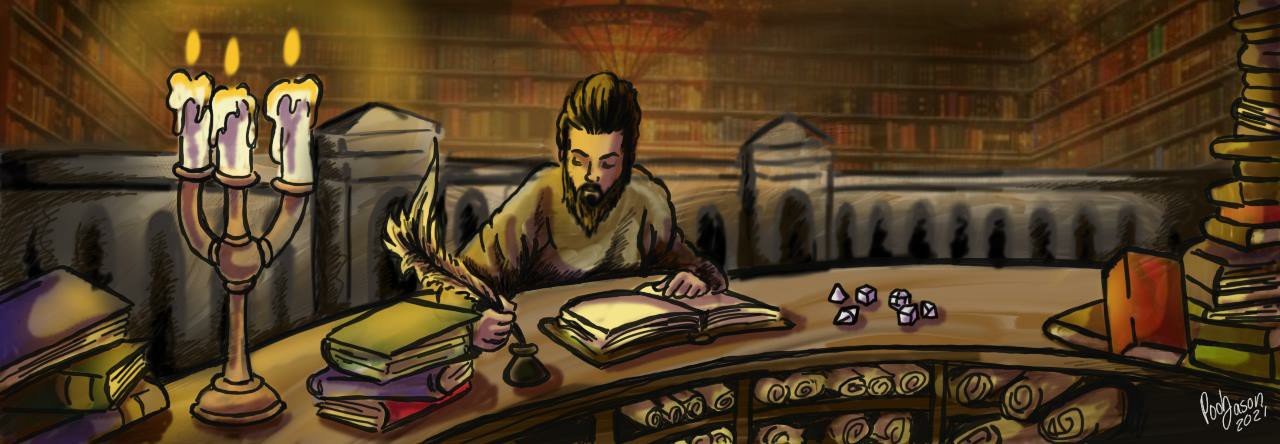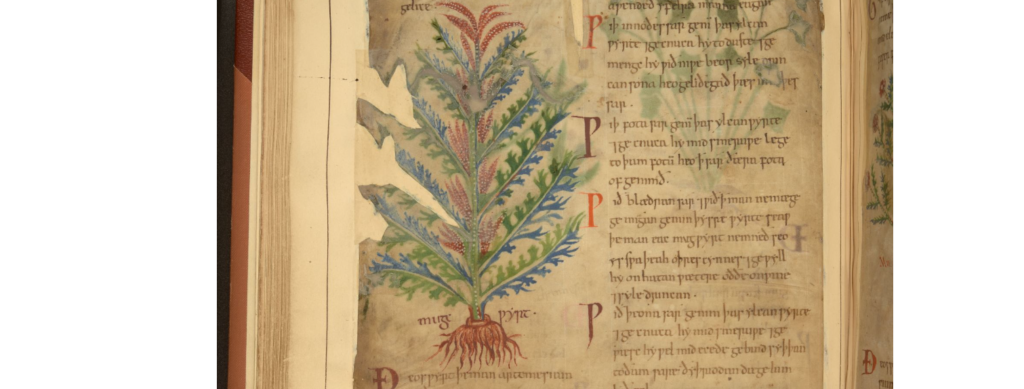The use of poisonous and medicinal plants has been a part of Dungeons & Dragons since the very beginning. The original 1974 D&D game included bunches of wolvesbane [sic] and belladonna in the basic equipment list. At a listed price of 10 gold pieces per bunch (the same price as a sword!), they were certainly expensive plants.
The 3LBBs do not describe how they were intended to be used, but if later descriptions found in sources like the AD&D Dungeon Master Guide and the Moldvay Basic Rulebook represent a continuum in terms of game usage, then the primary reason for including these two plants was to provide the characters with additional ways to combat lycanthropes and the adverse effects lycanthropy. In a way, wolfsbane and belladonna are functionally complimentary. If we set aside other medicinal uses noted in the later DMG, the plants were primarily used to either repel werewolves or, in the case of belladonna, potentially cure a character inflicted with lycanthropy (cf. DMG pp. 22, 220; and Moldvay p. B38).
This post will provide additional ways to use wolfsbane in a D&D game. I’ll occasionally refer to belladonna (aka nightshade), but I’ll devote a separate post to that particular plant later. Unlike my other posts on adderwort and mugwort, I’ll spend some time reflecting on how aspects of the OD&D rules appear to almost necessitate characters acquiring wolfsbane. In fact, if one is running an OD&D game using the original Wandering Monsters steps and tables as written, I believe wolfsbane is one of the most valuable protective items a character can purchase prior to undertaking an adventure (especially if it involves wilderness travel or exploration).
**All information in this post regarding the uses of various plants are for gaming purposes only. This information does not represent actual medical guidelines/recommendations.

